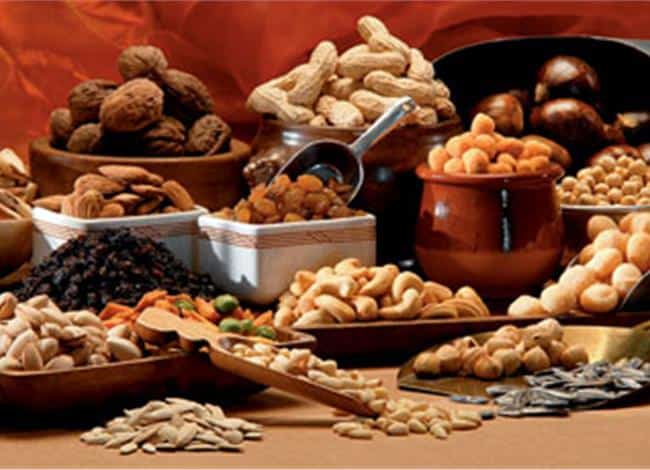

They are very similar to sardines in look and flavor, and both are great for your health, but herring pack a bigger punch when it comes to omega-3s. Herring is another great source of omega-3s, with over 1.7 g in a 3-oz serving. Add anchovies to salad, pasta, pizza, or a sandwich for a rich flavor boost, but be mindful that many anchovy products can have a high salt content. They are also a good source of lean protein and many vitamins and minerals, including calcium, selenium, and folate.Īnchovies are widely available and are sold fresh, canned, jarred in oil, smoked, or in a paste. These small fish have some of the highest concentrations of omega-3 fatty acids, providing 1.2 grams in a 2-ounce serving. Omega-3s can also be added to other animal products, such as yogurt or milk, and very small amounts are present in grass-fed beef. Most animal-sourced omega-3s are DHA and EPA, and they most often occur in cold-water fatty fish, like anchovies, trout, and salmon. Here is our list of the best sources of omega-3s, divided into animal and plant sources. So, eating foods with EPA and DHA is the best way to get these important fatty acids, which are often found in fatty fish.

Your body can convert ALA into the two other main omega-3 types, EPA and DHA, but only in small amounts. This means that food is the only way to get it. The omega-3 ALA - which is mostly found in plant foods - is an essential fatty acid, meaning your body can’t make it. Read on to discover the top sources of omega-3s. With our personalized nutrition program, you can find the best foods to suit your unique body. There are also products made from algae that have EPA and DHA that are suitable for vegetarians and vegans.Īt ZOE, we run the largest nutrition science study in the world, so we understand the power of food to support your health. Omega-3 supplements that contain all three are also available. Experts consider EPA and DHA to be the most important omega-3s for health. The three main types of omega-3s that are important for your health are:Īlpha-linolenic acid (ALA): mostly found in plant foods.Įicosapentaenoic acid (EPA): mostly found in fish.ĭocosahexaenoic acid (DHA): mostly found in fish.ĪLA is a long-chain fatty acid, and EPA and DHA are very-long-chain fatty acids. Their wide range of possible health benefits also includes promoting heart health, lowering cancer risk, and reducing inflammation. They are an important component of cell membranes, and they support growth, vision, and immune function. Here are the seven whole, plant foods that will help you reach your daily recommended amount of Omega-3 needs.Omega-3 fatty acids are fats that naturally occur in many types of plants and fish. Think of ALA as the building block to allow your body to get what it needs, so generally a plant-based dieter needs to eat more of these nutrients to reach their daily recommended amount. The body needs to convert ALA, alpha-linolenic acid (ALA) into more active forms of Omega-3 fatty acids EPA and DHA. Both EPA and DHA are found in fish oil and algae, but ALA is mostly found in whole, plant foods such as nuts, beans and other legumes. Omega-3s come in three different types: EPA, DHA, and ALA. The symptoms of Omega-3 deficiency aren't always physical but can be mental or emotional, and include intensifying symptoms of depression, anxiety, or lack of focus.
Omega 3 foods skin#
An Omega-3 deficiency is rare, but if you notice your skin is rough and scaly or you develop eczema, a shortage of Omega-3 may be one contributing factor. Men and women require different doses of Omega-3s, according to the National Institutes of Health: Women should aim for 1.1 grams whereas men need around 1.6 grams daily.


 0 kommentar(er)
0 kommentar(er)
